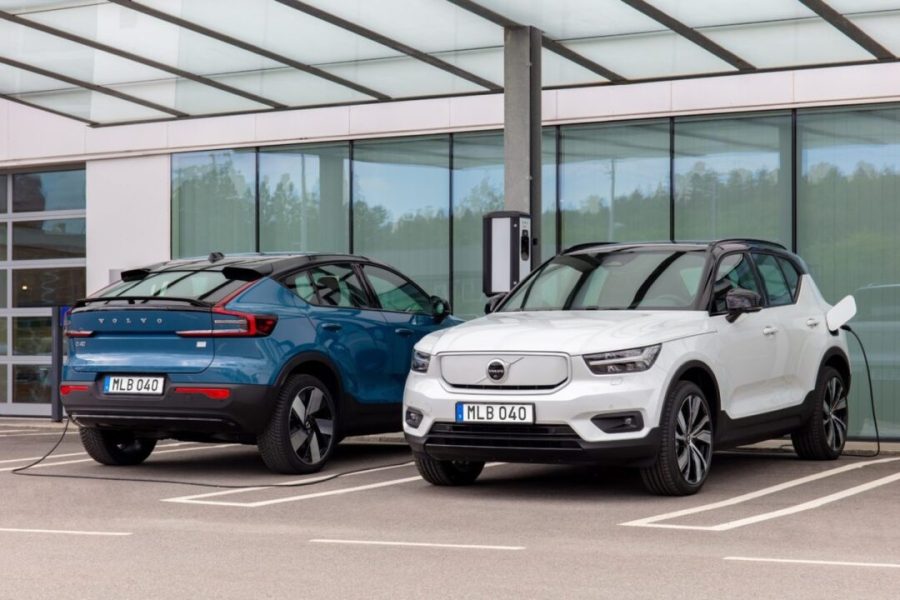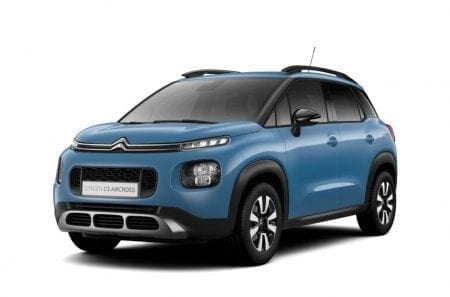
Volvo: These are the total emissions from the combustion of the XC40 and the electric C40 • ELECTROMAGNETS
Volvo has published a summary of the total carbon footprint of the production, operation and recycling / disposal (LCA) of the electric Volvo C40 and its close cousin the Volvo XC40 internal combustion. The report once again refutes the popular belief on the Internet that battery production is equivalent to 20 years of using an internal combustion car.
Electric Volvo C40 vs XC40 Ethanol Gasoline Engine
The Volvo C40 takes into account a vehicle powered by a global energy mix, a European mix and wind farms. The internal combustion engine of the Volvo XC40 was (practically) fueled with gasoline containing up to 5 percent E5 ethyl alcohol. The Volvo internal combustion engine has been found to produce more greenhouse gas emissions per mileage:
- 49 kilometers when comparing the XC000 to the C40 powered by renewable energy (wind),
- 77 kilometers when comparing the XC000 to the C40 charged in the European Energy Balance (EU-40),
- 110 kilometers when comparing the XC000 to the charged C40 in the global energy balance (source).

The energy balance of Poland is somewhere between the European and the world, so in Poland it is about 90-95 thousand kilometers. So, if we assume that an electrician's buyer travels the average distance per year, according to the Central Statistical Office (about 13 kilometers), then his car will balance in 7,3 years. We're talking about the worst possible situation: The electric car only charges from a power outlet (no photovoltaic devices! no renewable energy charging stations!) and its driver is not very fun to drive (because he doesn't use the car too much).
An internal combustion vehicle will win on the condition that the owner disposes of an electric vehicle with a mileage of 90-95 thousand kilometers.... If it doesn't, the diesel XC40 will never be better than the electric C40.

Volvo C40 Recharge (left) and electric Volvo XC40 Recharge (c) Volvo stands side by side
After the assumptions become realistic (own photovoltaics, more intensive operation), the electric vehicle should even in Poland after about 3-5 years they start to fall out better than the combustion option. More importantly, it doesn't matter if the buyer returns or sells the electrician after the three-year lease period, because the next owner will still manage it, and the total mileage of both cars is taken into account.
Volvo also boasts that the overall carbon footprint of the C40 is about 5 percent lower than that of the XC40 Recharge, thanks to better aerodynamics, i.e. lower energy consumption of the model. And he points out that Aluminum and battery module production contributes the most to emissions... The calculations were made for a run of 200 kilometers. The longer the cars are operated, the worse the ICE will be compared to the electrician.

Comparison of the production, use and disposal of the Volvo XC40 and the electric C40 combustion engines. Where it says “electrician,” we see the release associated with cell extraction and battery production.
This may interest you:

